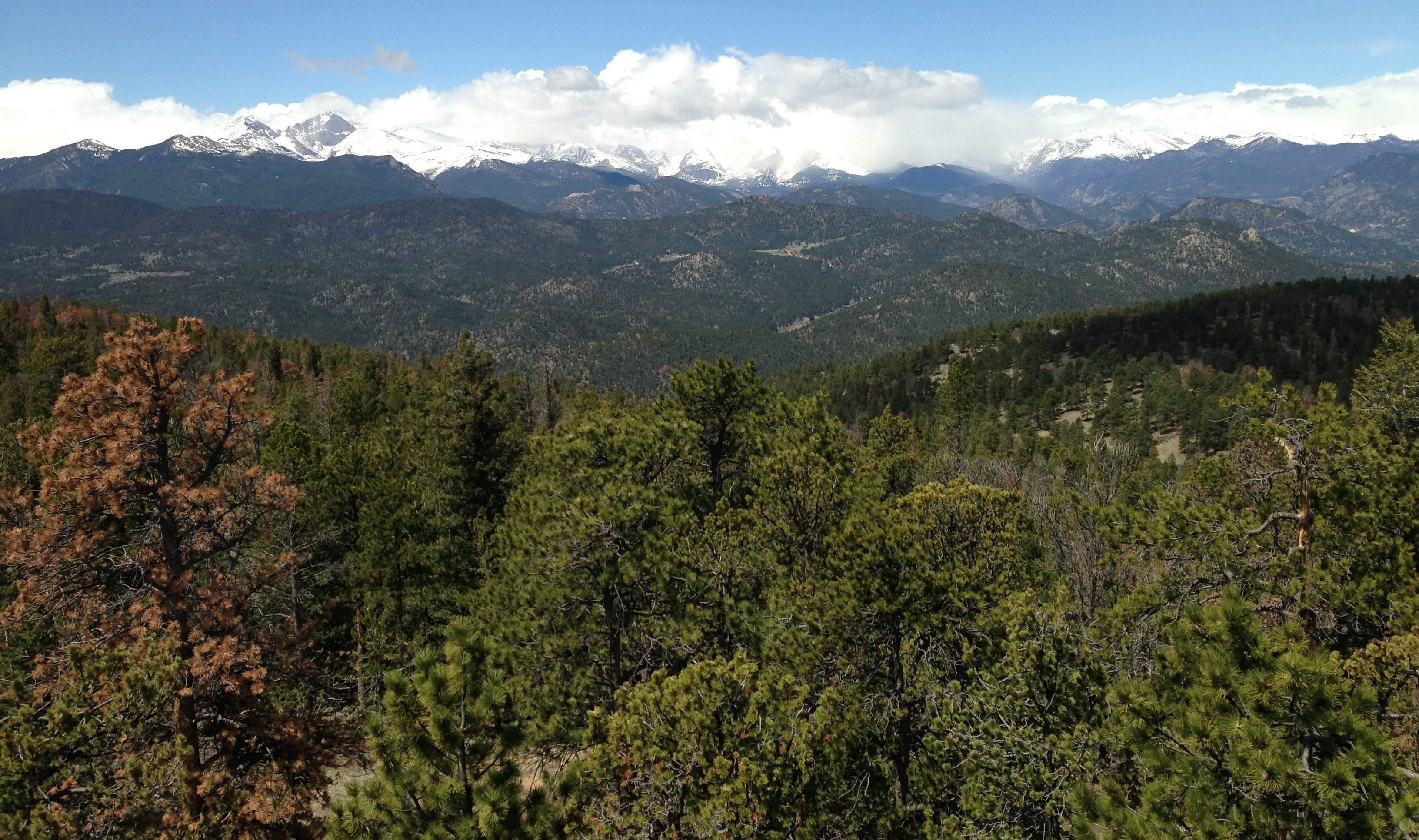The “Great American Eclipse” of 2017 was certainly a sight to behold. Together with Daniel Beverly, a graduate student and long term friend of mine, we ventured to Dubois, WY to measure how sagebrush, an important and common species in the prairie of North America, responds to an unscheduled darkness caused by a solar eclipse in the middle of the day.
Similar to when most plants stop to photosynthesize at night due to the lack of sunlight, we expected a short “nap” during the two minute and eighteen second long totality of the solar eclipse. Although our results show a shutdown, the timing and quality of this shutdown (and subsequent “waking up” as the sun started piquing behind the moon again) were different from the typical 24h cycle. We attribute this difference to the plant-internal “clock”, which the scientific community is just now beginning to fully understand. Of course we would like to get more data! Keep your fingers crossed for another sunny day during the upcoming total solar eclipse in North America on April 8th, 2024.
This research was recently released in Nature Scientific Reports and was featured in several news outlets, including Wyoming Public Media and the New York Times.




